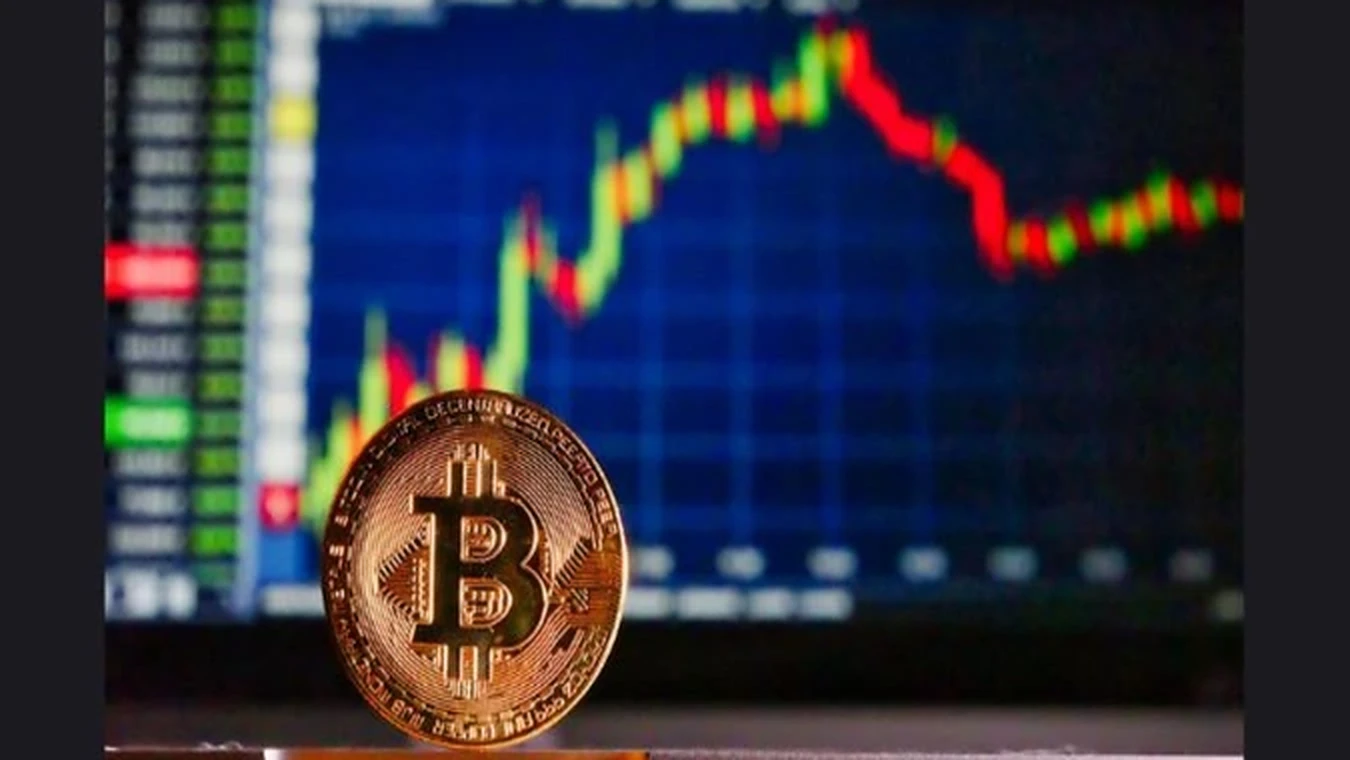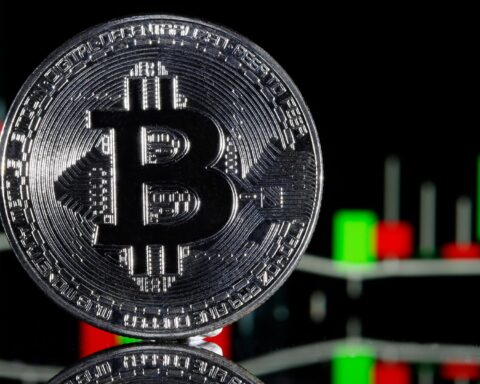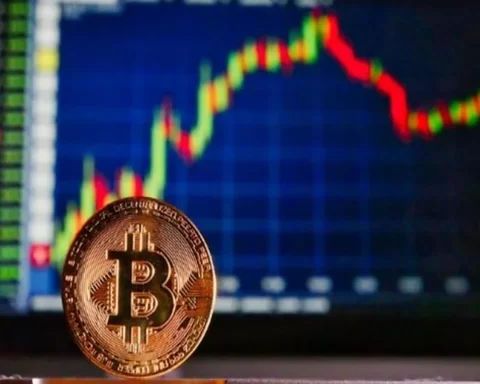Bitcoin is poised to enter what one analyst terms “batshit season,” potentially driving BTC’s price up to $150,000 by the end of 2024. However, some analysts warn that a short-term seller overhang might hinder the rally.
In an Aug. 26 X post, Real Vision analyst Jamie Coutts remarked that “unless something has fundamentally changed,” Bitcoin’s price action remains set to enter “batshit season,” also referred to as the Banana Zone, a concept introduced by Real Vision founder Raoul Pal.
Coutts shared a chart showing that in the past two bull cycles, Bitcoin reached new all-time highs within 365 days following local peaks in the US Dollar Index. He speculated that if Bitcoin mirrors previous bull market trends, it could more than double from its current price of around $64,000 to potentially hit $150,000 by the end of 2024.
Bitcoin could rally over 100% if it follows previous cycle trends. Source: Jamie Coutts
However, not all analysts share this optimistic short-term outlook. Pseudonymous CryptoQuant researcher “XBTManager” highlighted the presence of significant selling pressure for Bitcoin.
In an Aug. 27 research note, XBTManager observed that large short-term Bitcoin sellers had “become active.” He noted that although Bitcoin staged a successful rally last week, certain dormant metrics had begun to show signs of renewed activity.
“Short-term holders transferred 33,155 Bitcoin as shown by the 1w-1m spent output age bands. This could present immediate selling pressure. The slowdown in price suggests that Bitcoin might initiate a free pullback,” wrote XBTManager.
XBTManager advised traders to exercise “extra caution” if these figures increase, indicating that a potential sell-off could gain momentum.
On Aug. 23, Bitcoin’s price surged by 6.2% and has since remained above the $63,000 support level.
Despite this bullish price action, many Bitcoin derivatives traders remain skeptical, indicating caution towards the recent upward move. The Bitcoin futures premium, a critical gauge of risk appetite for derivatives, has stagnated around 6% over the past month, reflecting professional traders’ reluctance to initiate leveraged long positions.




